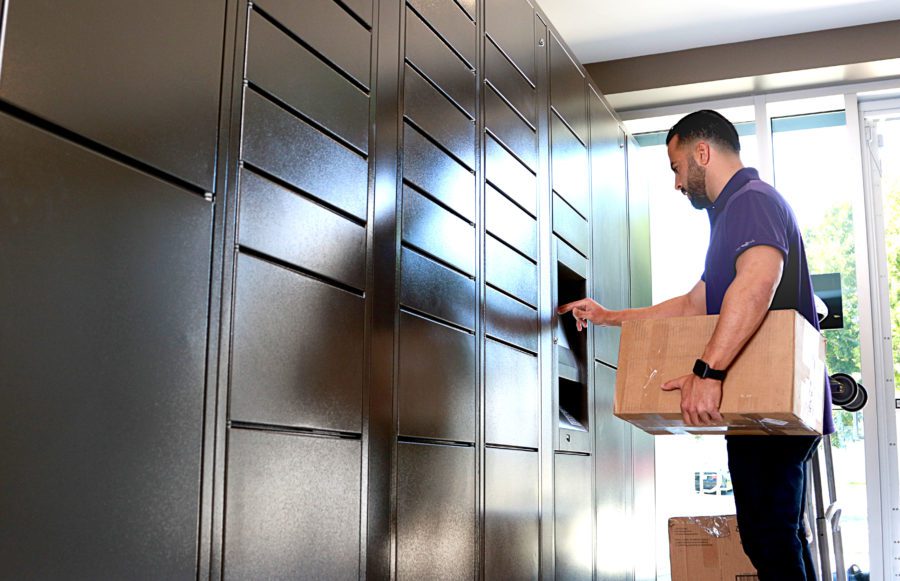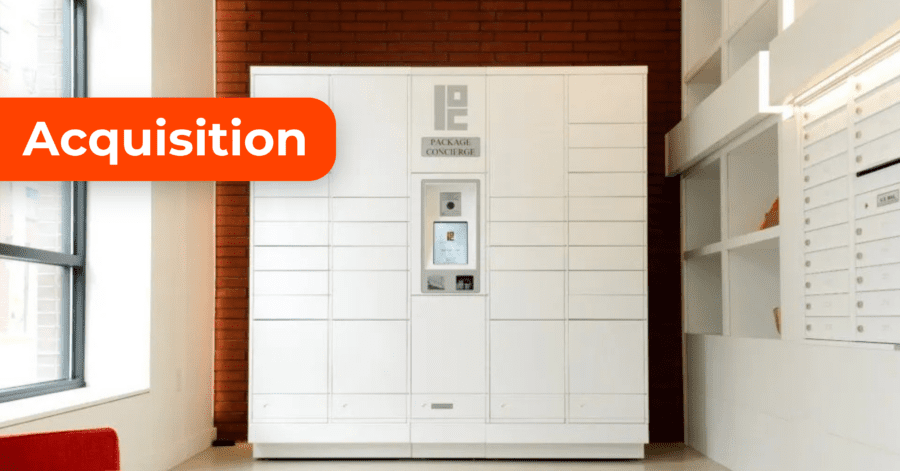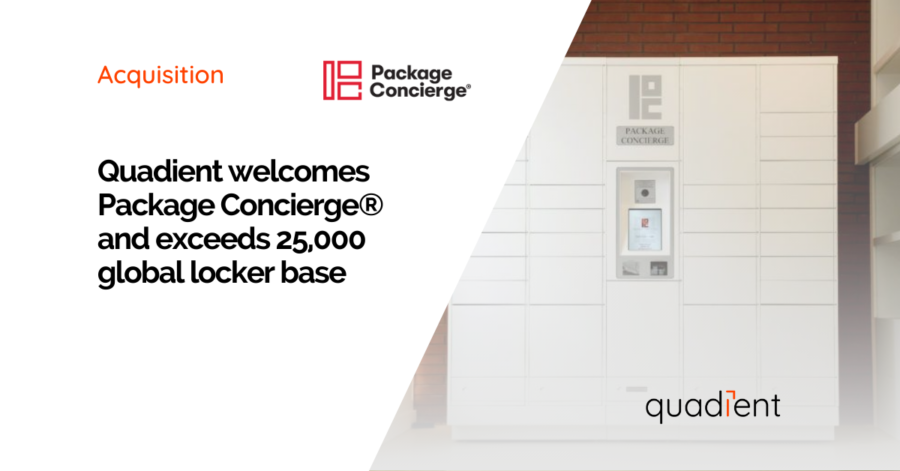
Commercial
Designing a Hybrid Office
Written by: Parcel Pending
5 Min Read
Published: August 30, 2021
Updated: March 29, 2023
As we enter the next phase of the COVID-19 pandemic, both employers and employees are determining how best to create a hybrid working model. Here’s how to combine the best of remote work with the logistics of a physical office space to create a hybrid office design that truly works for implementing and improving office efficiency.
The Need for Remote Work is a Reality
The pandemic was a remote work gamechanger. As millions of offices shuttered and shifted to a work-from-home arrangement, a new reality emerged: remote workers were often more productive, but management was missing the culture, collaboration, creativity, and employee engagement that are the hallmarks of a great organization. Hence the need for the hybrid office to meet employees’ desire for remote work and leaders’ need for teamwork. As Jennifer Christie, Chief Human Resource Officer at Twitter explains: “There’s no question that employee expectations have been changed forever. […] These days flexibility is really table stakes”1.
The stats back up this sentiment: 52% of U.S. workers would prefer a mix of working from home and the office and 72% of leaders plan to offer hybrid work arrangements2,3. And staggering new research shows that remote work isn’t just a “nice to have,” but a condition of employment. 40% of Americans surveyed who were working at home said they would look for another job if their employer forced them to return to the office full time4.
Changing to a Hybrid Model Requires Changing the Workplace
With offices reopening and employees slowly starting to return to office spaces across the country, management has discovered that simply turning on the lights does not make the workspace “business as usual”. Instead, the physical office space must change to accommodate both in-person and remote workers.
The standard video conferencing monitor for all remote workers joining in for meetings is a prime example of a model that needs to change. Experts suggest devoting one monitor per remote worker so that the video image is given the same importance and respect as the employees physically in the room5. Adding microphones, lighting, and changing the typical conference room seating allows video conferencing attendees to better collaborate. Microsoft, for instance, is reconfiguring its conference rooms for hybrid workers by installing eye-level cameras and huge wall screens.
Flipping the workplace layout also makes sense for a hybrid workplace design. Whereas employers used to favor an open office plan – one where office workers work in open spaces and use closed-door rooms for meetings – now an open space works best for collaborative meetings and individual pods work best for devoted, productive in-office days.
Look to rolling whiteboards, moveable furniture, height-adjustable desks, and mobile storage units to create a more flexible workplace. Google, for example, is experimenting with Team Pods that embrace this philosophy6.
Leveraging Technology for the Hybrid Office
Many employers have lowered their workplace footprint since the advent of the COVID-19 pandemic. Recreational Equipment Inc. (REI), for example, sold its Bellevue, Washington headquarters to Facebook having never even occupied the building! And REI isn’t alone. 39% of organizations surveyed by Deloitte said they plan to reduce their office spaces by 20227.
Organizations managing a smaller workplace are investing in technology to assist with desk planning, meeting rooms, and scheduling. Software keeps track of who is in the office, how many desks are needed, and how to maximize a shared space to create a collaborative office environment. Consider leveraging a tool like Dojo, an AI platform created to track the movement of people and feed a data-driven scoring system that generates workplace layouts and seating charts to maximize the likelihood of serendipitous informal interactions8.
Without permanently assigned desks or cubicles, there’s a need for safely and securely transferring documents, badges, laptops, and other physical resources. Consider implementing a Campus Hub for your office – a parcel locker solution that leverages electronic locker technology equipped with built-in asset tracking software to safely exchange important items between employees. “Everyone wants to control their personal effects,” explains Jeffery Gay, an architect and designer for MOI19. “With the open office colliding with the hybrid workplace, you don’t always know who is in the space. You want to know that your things are safely locked away.” Installing smart commercial lockers can help you do that.
Using the Hybrid Office to Recruit & Retain Talent
With a strong mismatch between job seekers and available work, there’s currently significant demand for talent. With more employees wanting to work remotely, the hybrid workplace model has a competitive advantage. As one CEO sees it, she finally has a chance to poach workers from her competitors across the country.
As offices reopen, it’s also important to eliminate the role of “face time” when it comes to promotions and opportunities. Before the pandemic, employees wanted to show the boss they were working hard by being seen in the office early in the morning and late at night. With hybrid offices, both remote workers and in-person office workers need to be given the same opportunities for advancement. Quora CEO Adam D’Angelo was so adamant on this equality issue that he wrote a blog explaining that going to the office was not a way to impress your boss. All workers were needed both remotely and in the office.
After a year of working from home, employees are keenly interested in retaining a remote work option. Leaders today must not only look to create hybrid office space, but embrace office design, technology, and work philosophies that are fair and inclusive.
To discover how to turn your hybrid office into a Campus Hub with office lockers, contact a Parcel Pending by Quadient representative today!
Sources:
- Bindley, Katherine. The Wall Street Journal. Work-From-Anywhere Perks Give Silicon Valley a New Edge in the Talent War. (2021, July 27). https://www.wsj.com/articles/work-from-anywhere-perks-give-silicon-valley-a-new-edge-in-talent-war-11627387270?
- Gensler Research Institute. (2020). U.S. Workplace Survey Summer/Fall 2020 [Data set]. Gensler Research Institute. https://www.gensler.com/gri/us-workplace-survey-2020-summer-fall
- Steelcase. (2020). Global Report: Changing Expectations and the Future of Work [Report]. Retrieved from: https://www.steelcase.com/research/articles/topics/work-better/changing-expectations-future-work/
- Cutter, Chip. The Wall Street Journal. The Boss Wants You Back in the Office. Like, Now. (2021, July 24). https://www.wsj.com/articles/return-to-work-the-boss-wants-you-back-in-the-office-11627079616
- Keane, Jim & Heiser, Todd. Harvard Business Review. 4 Strategies for Building a Hybrid Workplace that Works. (2021, July 22). https://hbr.org/2021/07/4-strategies-for-building-a-hybrid-workplace-that-works
- Delgado, Rodolfo. Forbes. The Impact Of A Hybrid Work Environment On Real Estate. (2021, July 19). https://www.forbes.com/sites/forbesrealestatecouncil/2021/07/19/the-impact-of-a-hybrid-work-environment-on-real-estate/?sh=651ff89d2058
- Long, Stephani. Fast Company. When it comes to hybrid work, intentions count. (2021, July 21). https://www.fastcompany.com/90657469/when-it-comes-to-hybrid-work-intentions-count
- Fayard, Anne-Laure, et al. Harvard Business Review. Designing the Hybrid Office. (2021, March). https://hbr.org/2021/03/designing-the-hybrid-office
- Proctor, Carolyn M. Washington Business Journal. Post-Covid offices are bringing in welcome design changes. (2021, July 16). https://www.bizjournals.com/washington/news/2021/07/16/post-covid-office-design-changes.html



